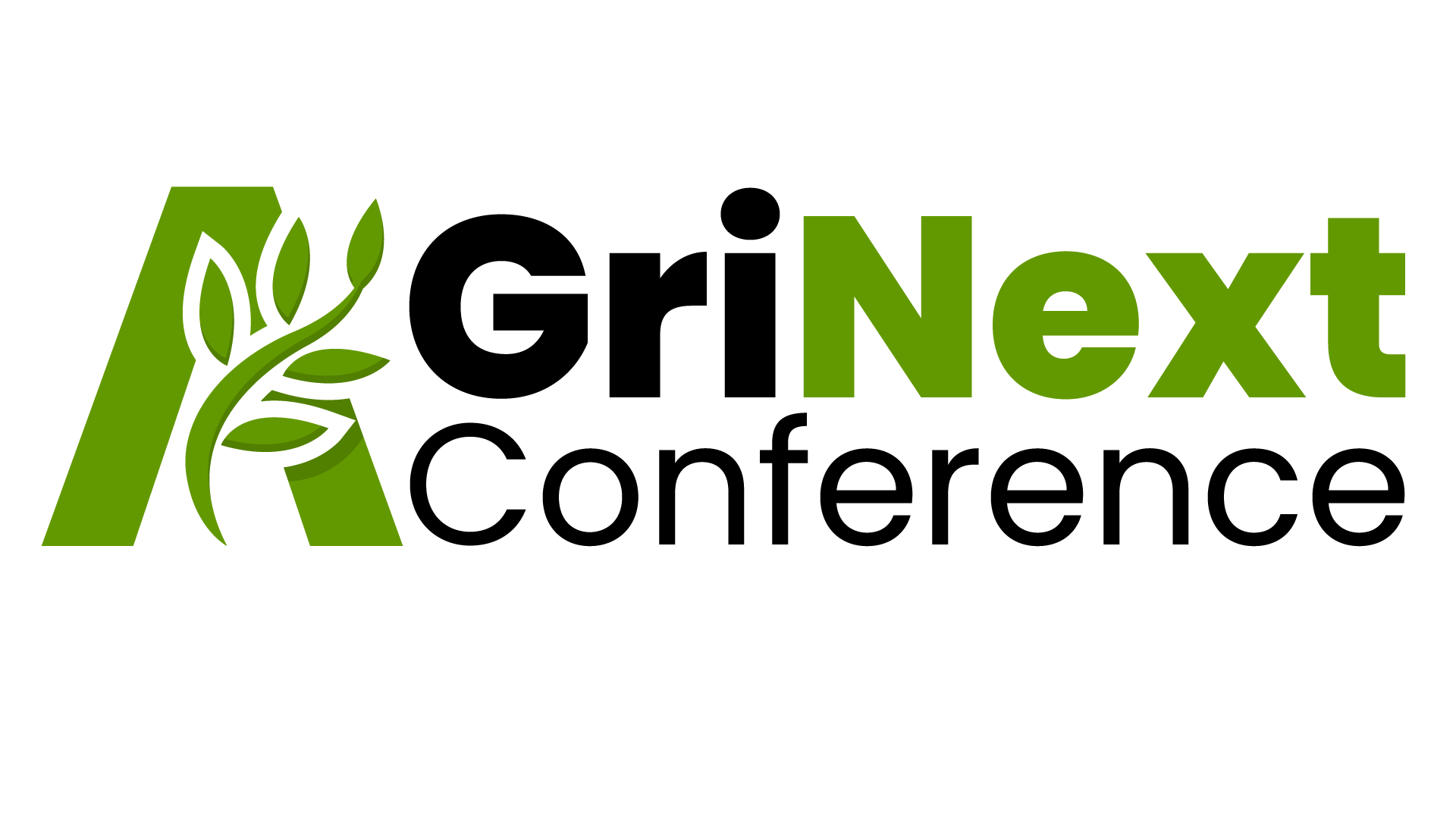
Automation is driving the decline of banal and repetitive tasks”. Amber Rudd
Aquaponics, a symbiotic integration of aquaculture and hydroponics, offers a sustainable approach to food production by leveraging the natural synergy between fish and plants. This innovative farming method holds great promise for producing high-quality protein and fresh produce while conserving resources and minimizing environmental impact. To optimize the efficiency and productivity of aquaponic systems, automation emerges as a powerful tool. Let’s delve into how automation can revolutionize aquaponic farming practices.
Table of Content
- Water Quality Monitoring and Management
- Automated Feeding Systems
- Hydroponic Nutrient Delivery
- Climate Control and Environmental Regulation
- Data-driven Insights and Decision Making
Water Quality Monitoring and Management:
Central to aquaponics is the maintenance of water quality, which directly impacts the health of both fish and plants. Automation facilitates continuous monitoring of crucial parameters such as pH, ammonia, nitrite, nitrate, dissolved oxygen, and temperature. Sensors integrated into the system provide real-time data, enabling automatic adjustments to maintain optimal water conditions.
Automated water filtration and purification systems ensure the removal of waste products and contaminants, promoting a healthy aquatic environment for fish and facilitating nutrient-rich water delivery to plants.
Automated Feeding Systems:
Feeding fish in aquaponic systems requires precision to prevent overfeeding or underfeeding, which can lead to water quality issues and compromised fish health. Automated feeding systems dispense the appropriate amount of feed at scheduled intervals, based on fish size, species, and nutritional requirements.
This eliminates the need for manual feeding and ensures consistent feeding practices, promoting fish growth and minimizing food wastage.
Hydroponic Nutrient Delivery:
In aquaponics, fish waste serves as a natural fertilizer for plants, providing essential nutrients for growth. Automation controls the flow of nutrient-rich water from the fish tanks to the hydroponic beds, ensuring a continuous supply of nutrients to the plants.
Automated dosing systems adjust nutrient concentrations based on plant needs and water quality parameters, optimizing plant growth and productivity.
Climate Control and Environmental Regulation:
Like hydroponics, aquaponic systems require precise control over environmental factors such as temperature, humidity, and light intensity. Automation integrates climate control devices such as heaters, chillers, fans, and grow lights to create the ideal growing conditions for both fish and plants.
Sensors monitor environmental parameters and trigger automated adjustments to maintain stability and optimize performance.
Remote Monitoring and Control:
Automation enables remote monitoring and control of aquaponic systems, allowing farmers to manage their operations from anywhere with an internet connection. Through web-based interfaces or mobile applications, farmers can access real-time data on water quality, system performance, and environmental conditions.
Automated alerts notify farmers of any deviations from optimal conditions, enabling timely intervention and troubleshooting to prevent potential issues.
Data-driven Insights and Decision Making:
Automation generates a wealth of data on system performance, fish health, plant growth, and environmental conditions. By analyzing this data using advanced analytics and machine learning algorithms, farmers can gain valuable insights into system dynamics, identify trends, and optimize farming practices. Data-driven decision-making improves efficiency, productivity, and sustainability, leading to higher yields and better resource utilization.
Conclusion
In summary, automation holds tremendous potential for advancing aquaponic farming and unlocking its full benefits for sustainable food production. By leveraging automation technologies to monitor, manage, and optimize system operations, aquaponic farmers can achieve higher yields, better quality produce, and greater efficiency while minimizing resource inputs and environmental impact.
As the demand for sustainable food systems continues to grow, automation will play a crucial role in shaping the future of aquaponics and contributing to global food security.
Signup For AgriNext Conference Newsletter

